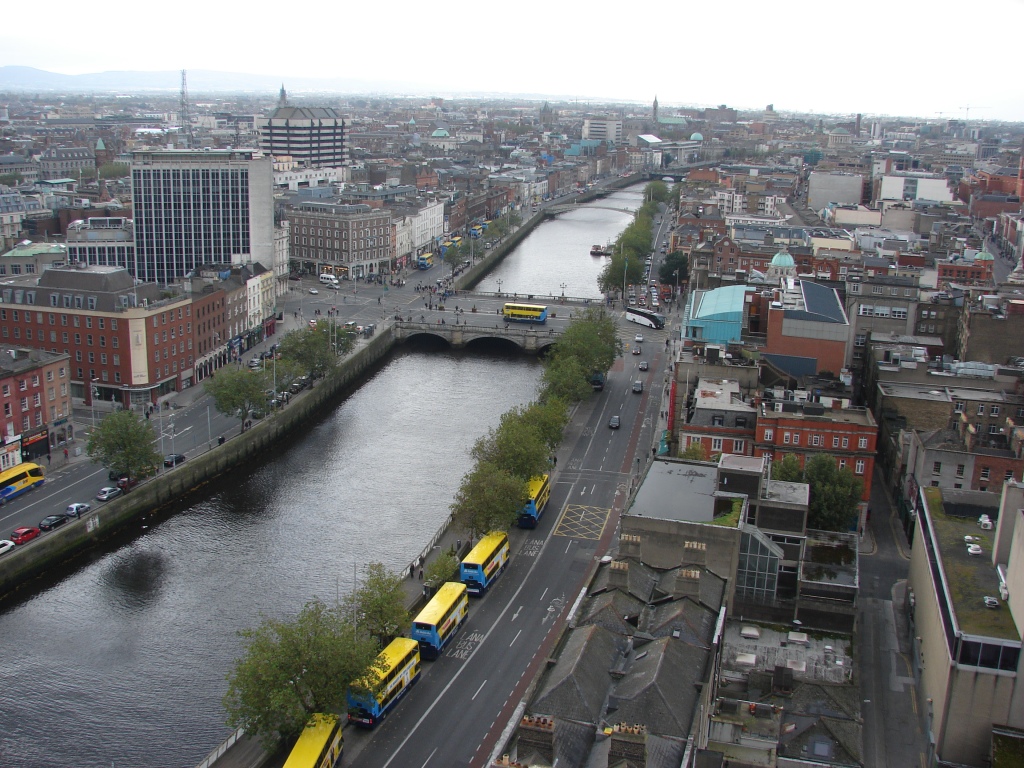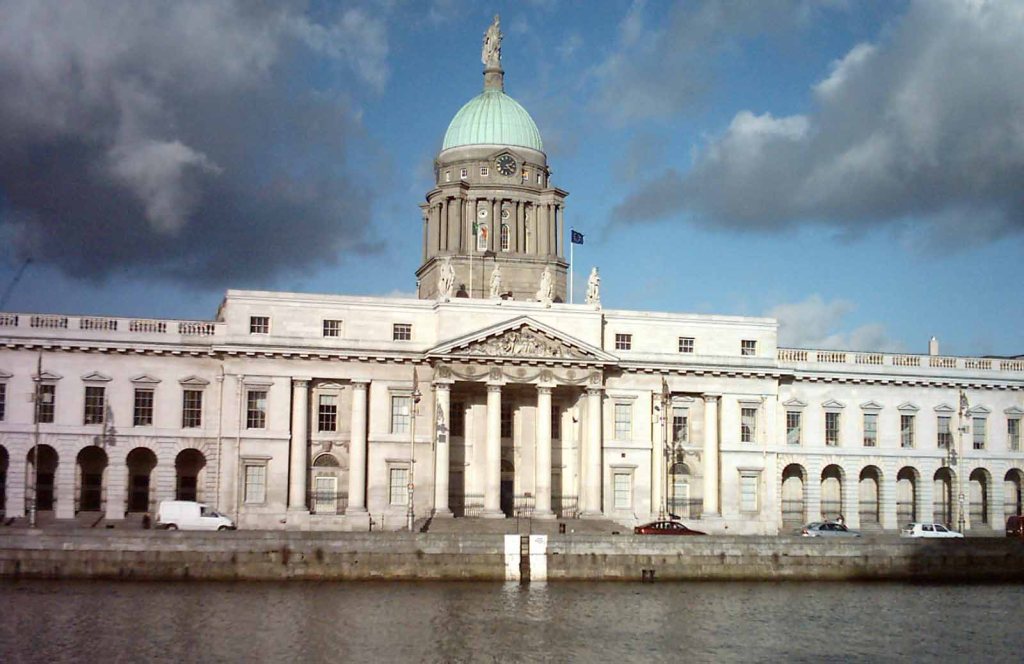Dublin is a city defined by the river Liffey – Northside and Southside – and its boundaries are the quays which developed over the centuries. From the time when the Vikings arrived in their longboats (evidence of their habitation and artefacts were found at Wood Quay in the 1970s) to the development of the modern quays in the 17th century, much water has indeed passed under various bridges, and still the work continues.
In the early 1680s the Lord Lieutenant of Ireland, First Duke of Ormond, wanted to enrich the city and suggested that the river should be narrowed by building stone quays with houses and shops facing the river, thus breaking with the medieval tradition. Ormond Quay was the first such quay built and named in honour of the Lord Lieutenant, by the developer Sir Humphrey Davis. Ormond also established a royal hunting park in the Phoenix Park and built the wall that cost £31,000 in 1669.
The quays now stretch from the Sean Heuston Bridge in the west to the Tom Clarke Bridge (formerly the East Toll Link Bridge) in the east, a distance of nearly 4.3 kilometres. There are 17 bridges over the Liffey, with the oldest being Mellows Bridge (1768) and the latest is the Rosie Hackett Bridge (2014).
Some of the city’s most celebrated building are on the quays, namely, The Custom House (1781) and The Four Courts (1786-1802). There is also the old Corn Exchange (on Burgh Quay), the Convention Centre Dublin and the massive Guinness Brewery at Kingsbridge.
Only Usher’s Island and Bachelors Walk do not have the ‘Quay’ designation.
The quays, not surprisingly, often feature in art and literature. James Joyce’s famous work The Dead (from his book Dubliners) is set in a house on Usher’s Island. The Liffey Swim by Jack B Yeats shows the quays crowded with people excitedly cheering on the swimmers. This painting won a Silver Medal at the 1924 Paris Olympics, with Yeats becoming the Free State’s first Olympic medal winner.





